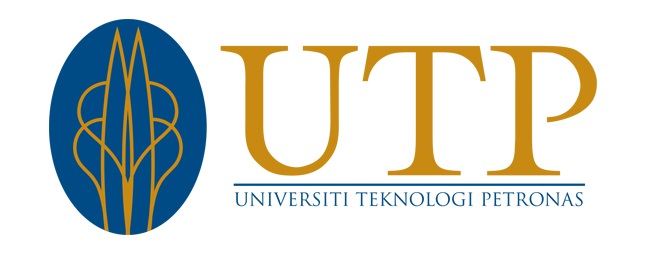Nhlapo, Daniel (2010) A Superstructure-Based Mixed-Integer Linear Optimization for Sequencing of Processes for Olefins Production. [Final Year Project] (Unpublished)
2010 - A Superstructure-Based Mixed-Integer Linear Optimization for Sequencing of Processes for O.pdf
Restricted to Registered users only
Download (1MB)
Abstract
The optimal synthesis of separation sequences of multicomponent mixtures continues to be
a central problem in the design of chemical processes. Separation processes constitute a
major portion of the total capital investment and operating costs involved in a chemical
plant. The olefins separation processes involve handling a feed stream with a number of
hydrocarbon components.
This work concerns the development of an optimization model to detennine the optimal
design for sequencing of processes for olefins production. The optimization model is
fonnulated based on a process flowsheet superstructure representation that embeds many
possible and feasible structural alternatives for the sequences of processing a
multicomponent hydrocarbon mixture constituting liquid naphtha or gaseous ethane. The
objective of the model is to detennine the optimal sequence to produce and separate each
<>f tb!ls!l 99lllp9I!!ll!ts at mmim!lll! t<>tal lllll!!l!lli~~ c<>st PY id!lntifyiog the <>Ptimill
flowsheet structure of the system for carrying out the two specific tasks of: (I) product
recovery from a mixture using sharp simple distillation colunm models. and (2) conversion
of raw materials into desirable products using reactors with linear mass balance models.
We fonnulate a mixed-integer linear program (MILP) that involves two types of variables:
( l) discrete 0-l binary variables for selecting the tasks for an economically-optimal
configuration, and (2) .continuous variables for detennining the optimal operating levels of
flowrates into each selected tasks. The model includes material balances with fiXed split
fractions and logical constraints for representing design specifications .and structural
specifications based on engineering knowledge, past design experience, and heuristics.
Big-M logical constraints .are employed to relate the continuous variables of flowrates to
the 0-l variables of tasks existence.
The implementation of the proposed MILP is investigated using the two types of feedstock
of liquid naphtha or gaseous ethane. The computational results yield the same optimal
sequence for b<>tb types of feedstock lllld produces good agreement when vDiidated agaiost
standard existing industrial configurations for similar types of process plant.
| Item Type: | Final Year Project |
|---|---|
| Subjects: | T Technology > TP Chemical technology |
| Depositing User: | Users 2053 not found. |
| Date Deposited: | 29 Oct 2013 10:49 |
| Last Modified: | 25 Jan 2017 09:43 |
| URI: | http://utpedia.utp.edu.my/id/eprint/10024 |
 UTPedia
UTPedia